 We were grateful the rain clouds held their water so we were able to get outside all week. The bouncy balls, kick balls, ball toss, stilts, and Frisbees made their way to the playground now that the snow and mud are gone. The children were moving, planning, constructing, racing, kicking, bouncing, tossing, and chasing all week.
We were grateful the rain clouds held their water so we were able to get outside all week. The bouncy balls, kick balls, ball toss, stilts, and Frisbees made their way to the playground now that the snow and mud are gone. The children were moving, planning, constructing, racing, kicking, bouncing, tossing, and chasing all week.


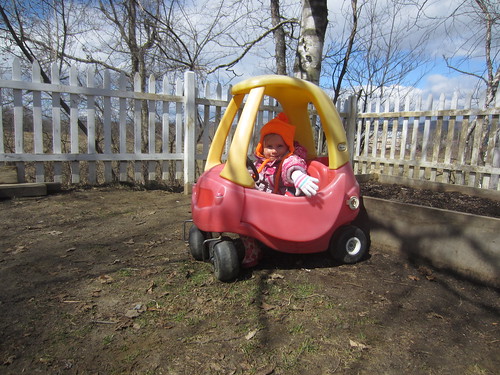

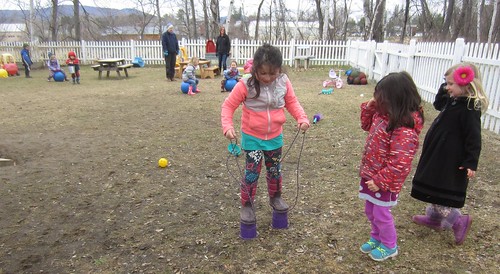


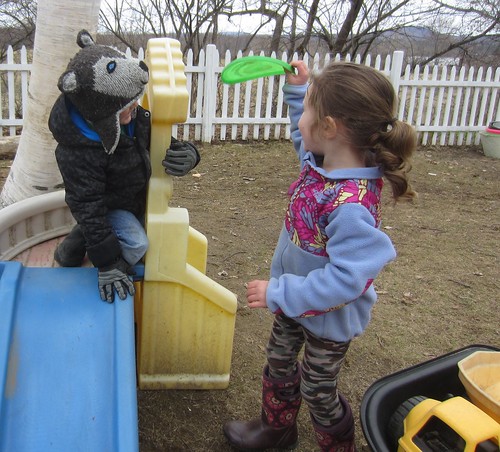
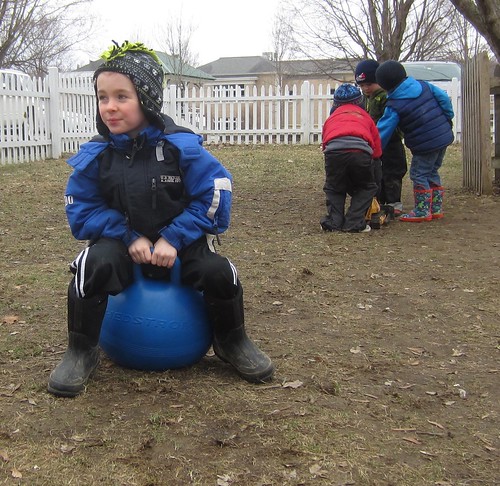
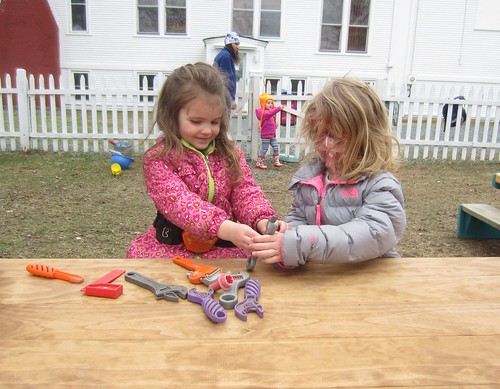
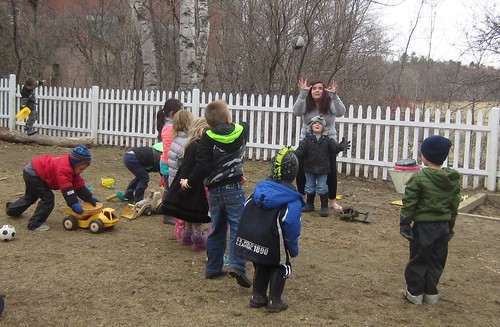
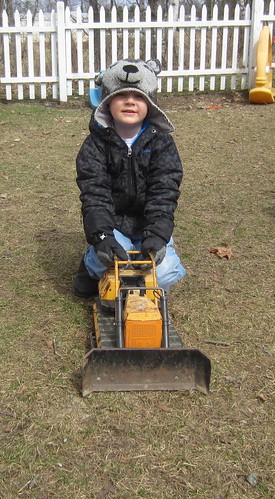
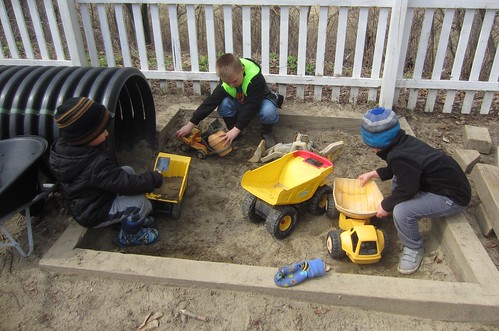

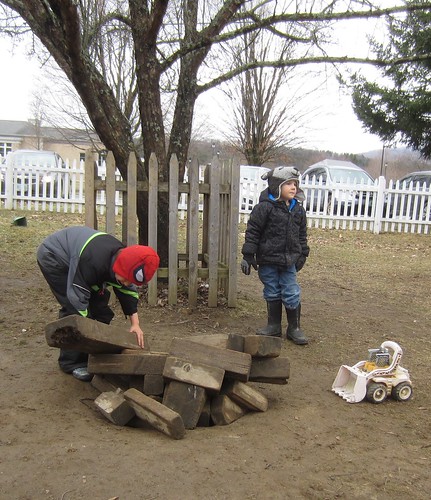
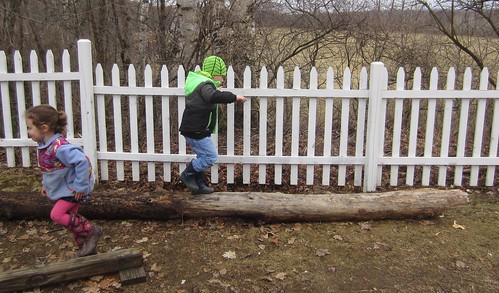
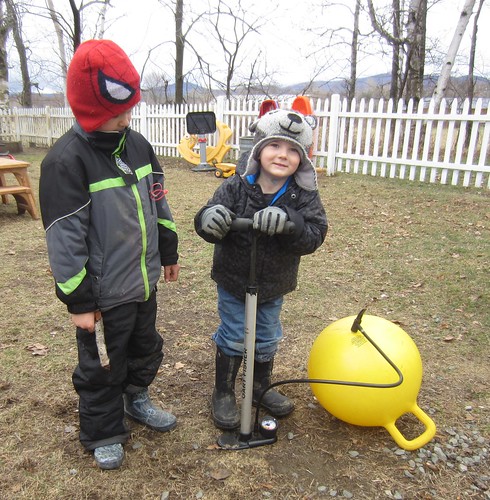
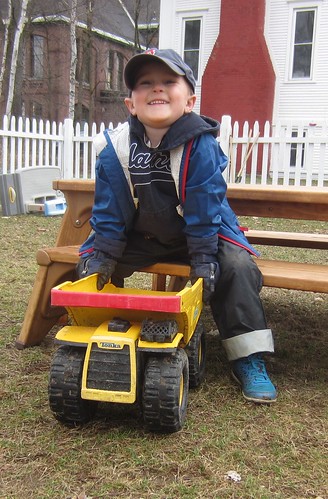 Monday students heard the story The Talking Cloth, by Rhonda Mitchell, about a girl who enjoys visiting her aunt, a collector of life. There she learns about the world through the many things her aunt has collected in her travels around the world, including a long piece of decorated fabric from Africa printed with symbols that tell a story. This cloth is called an adinkra cloth and is wrapped around one’s body and worn as clothing. The students each got their own piece of cloth, then carved symbols into a potato, and printed on their fabric with black paint.
Monday students heard the story The Talking Cloth, by Rhonda Mitchell, about a girl who enjoys visiting her aunt, a collector of life. There she learns about the world through the many things her aunt has collected in her travels around the world, including a long piece of decorated fabric from Africa printed with symbols that tell a story. This cloth is called an adinkra cloth and is wrapped around one’s body and worn as clothing. The students each got their own piece of cloth, then carved symbols into a potato, and printed on their fabric with black paint.
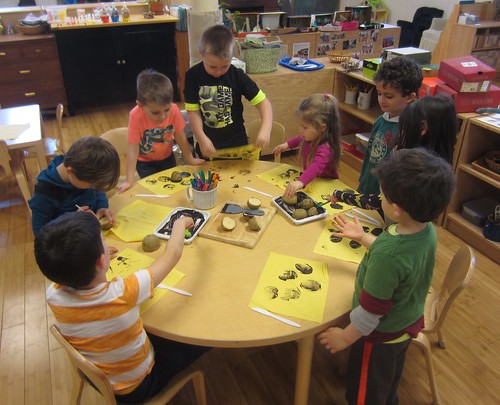 Gerrie Scott came to read the story Ten Little Ducks, by Eric Carle, about a box of rubber ducks that fall overboard while being shipped across the sea. The ten rubber ducks then drift this way and that, meeting different animals as they go.
Gerrie Scott came to read the story Ten Little Ducks, by Eric Carle, about a box of rubber ducks that fall overboard while being shipped across the sea. The ten rubber ducks then drift this way and that, meeting different animals as they go.
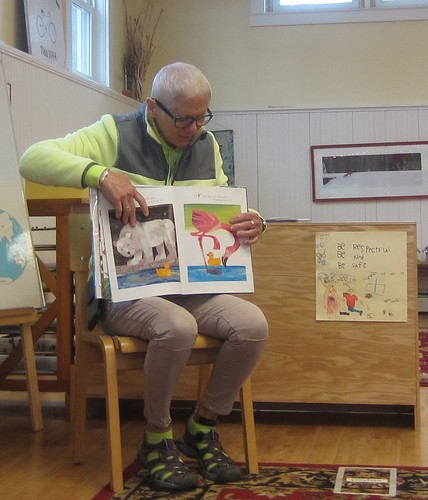 For art the children were introduced to mini-books. We set out photos of a variety of African animals, and encouraged them to use the African animal figures as well, to create a book of drawings with labels of their favorite African animals.
For art the children were introduced to mini-books. We set out photos of a variety of African animals, and encouraged them to use the African animal figures as well, to create a book of drawings with labels of their favorite African animals.


 The new blocks were quickly discovered and put to good use building roads and buildings. Block play is a valuable learning tool that involves planning, problem solving, creativity, self-expression, communication and negotiation, math and science, etc. It was great to see the children working together to decide what and how to build.
The new blocks were quickly discovered and put to good use building roads and buildings. Block play is a valuable learning tool that involves planning, problem solving, creativity, self-expression, communication and negotiation, math and science, etc. It was great to see the children working together to decide what and how to build.


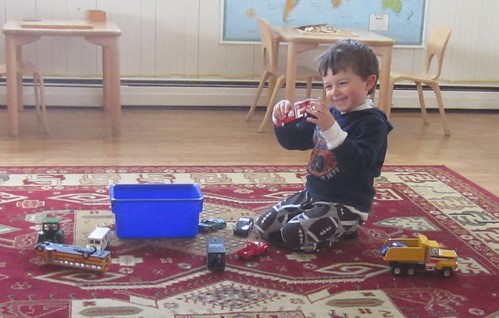


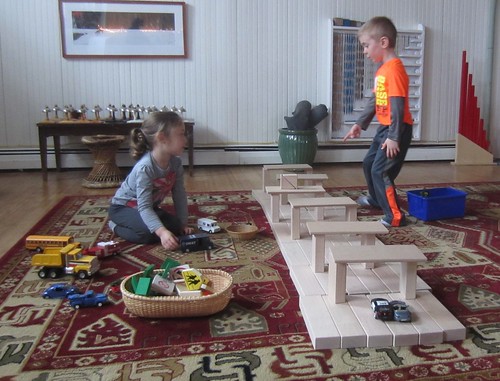
 The new water table was also very popular, and is another area where social skills, science understanding, creativity, etc. are put into practice. We are very grateful to the Neil and Louise Tillotson Fund for providing these wonderful new materials.
The new water table was also very popular, and is another area where social skills, science understanding, creativity, etc. are put into practice. We are very grateful to the Neil and Louise Tillotson Fund for providing these wonderful new materials.
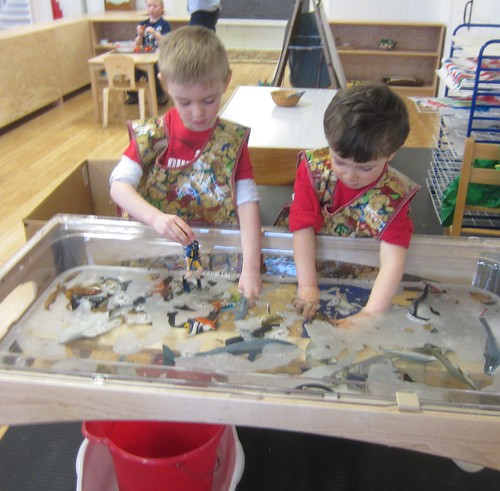
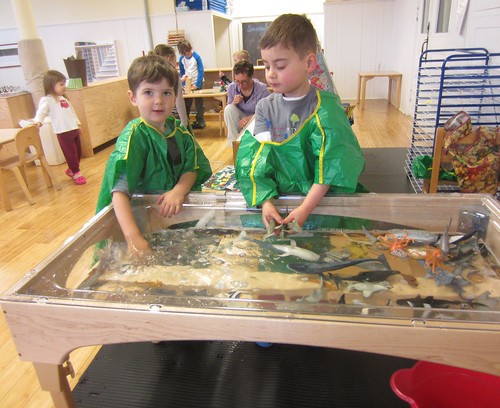
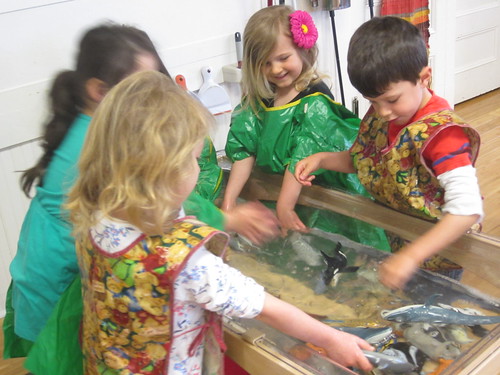

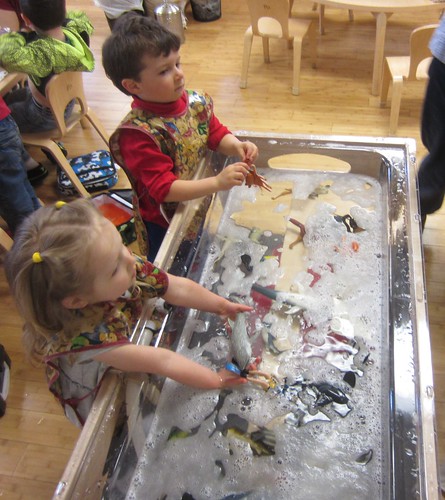 Legos, which have been brought out for some fine motor work, were once again put to good use.
Legos, which have been brought out for some fine motor work, were once again put to good use.

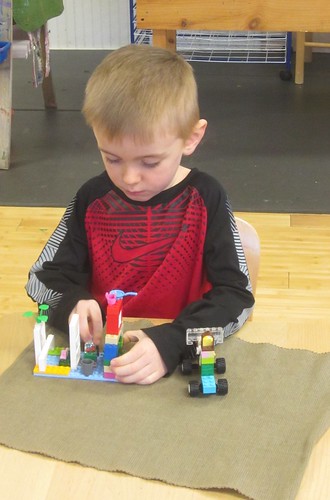
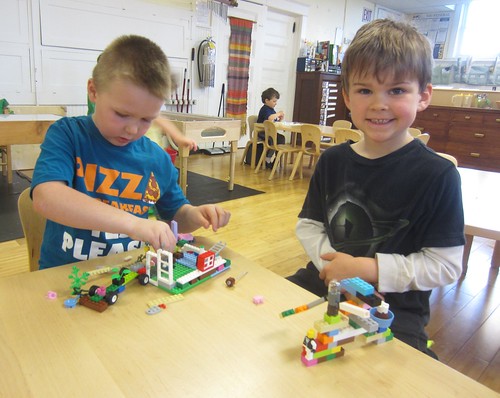
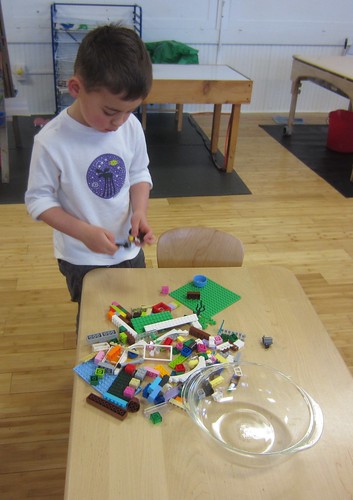 We celebrated the most recent fifth birthday on Tuesday. The birthday girl dressed for the occassion and brought some fancy, delicious, meringue mushrooms to share. Some children were a little hesitant to taste them, so we discussed that for those of us who love mushrooms, we might be a bit disappointed, because they were not real mushrooms, but a sweet, crunchy confection covered with chocolate, and for those of us who do not care for mushrooms, we were in for a yummy surprise. Any boy, were they yummy! Before we tasted them we counted five trips around the sun for the birthday girl, saying the seasons as they changed, then sang Happy Birthday before she blew the candle out.
We celebrated the most recent fifth birthday on Tuesday. The birthday girl dressed for the occassion and brought some fancy, delicious, meringue mushrooms to share. Some children were a little hesitant to taste them, so we discussed that for those of us who love mushrooms, we might be a bit disappointed, because they were not real mushrooms, but a sweet, crunchy confection covered with chocolate, and for those of us who do not care for mushrooms, we were in for a yummy surprise. Any boy, were they yummy! Before we tasted them we counted five trips around the sun for the birthday girl, saying the seasons as they changed, then sang Happy Birthday before she blew the candle out.
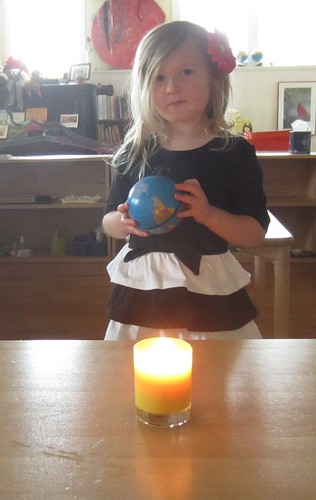
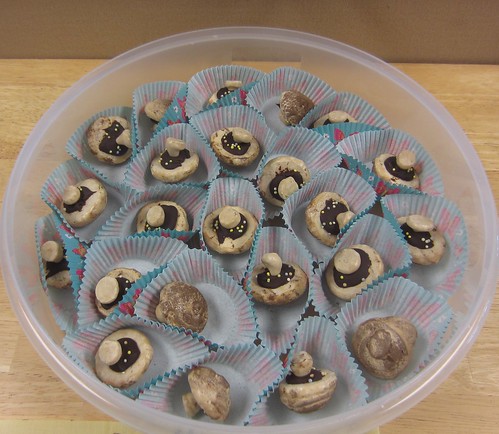 In the continuation of our study of Africa, we discussed water – what we use it for, how we access it, and where we get it. The children listed many things that we use water for daily, including drinking, cooking, washing hands and clothes, and even playing in. We have clean water that comes out of water taps in bathrooms and kitchens in our homes and school and buildings all over the United States. We learned that in Africa, there are many places that do not have water taps in their homes, or access to clean water. We watched some videos of children (Girls fetching water in Uganda) & (Water Walk) collecting water and carrying it back home in large jugs. We observed that the water they collected was dirty, and they got it from rivers, small water holes, and other bodies of water that are sometimes many miles away. We took turns trying to carry gallon jugs of water (actually vinegar) on our heads and in our arms. They were so heavy! We then did an experiment with dirty water. We created a filter with cloth, charcoal, sand, and pebbles to strain the debris out of the water, and discussed that even though it was cleaner, it still contained harmful bacteria, so the water must be boiled to clean it.
In the continuation of our study of Africa, we discussed water – what we use it for, how we access it, and where we get it. The children listed many things that we use water for daily, including drinking, cooking, washing hands and clothes, and even playing in. We have clean water that comes out of water taps in bathrooms and kitchens in our homes and school and buildings all over the United States. We learned that in Africa, there are many places that do not have water taps in their homes, or access to clean water. We watched some videos of children (Girls fetching water in Uganda) & (Water Walk) collecting water and carrying it back home in large jugs. We observed that the water they collected was dirty, and they got it from rivers, small water holes, and other bodies of water that are sometimes many miles away. We took turns trying to carry gallon jugs of water (actually vinegar) on our heads and in our arms. They were so heavy! We then did an experiment with dirty water. We created a filter with cloth, charcoal, sand, and pebbles to strain the debris out of the water, and discussed that even though it was cleaner, it still contained harmful bacteria, so the water must be boiled to clean it.
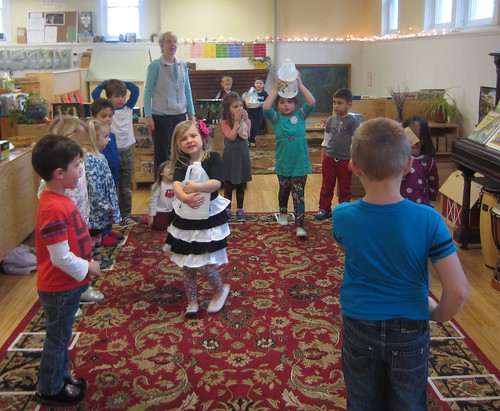

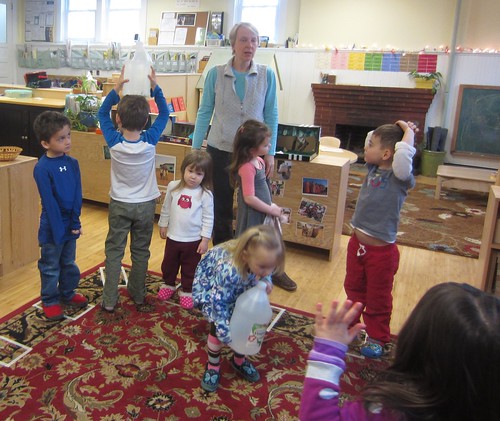
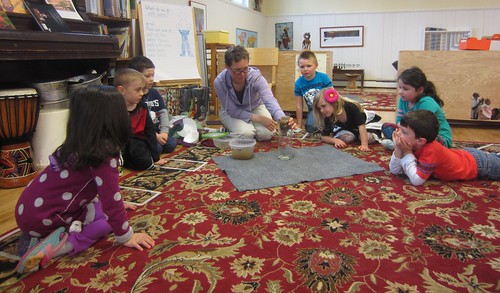
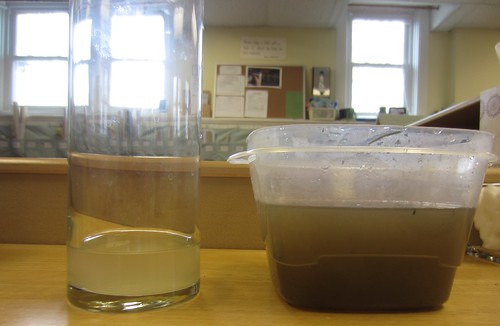 As the market in dramatic play has run its’ course, we did some brainstorming for ideas for a new theme. There were a lot of suggestions, from a farm, to a vet clinic, a fairy garden, a post office, and a fire station/police station/ambulance. The children voted and the “Emergency Services” was decided on with 9 votes. The children then did some brainstorming to decide what we would need to include and came up with a good list. We started with vehicles. The children began painting one of three boxes white for a police car. After vacation they will finish the police car, then paint the ambulance and the fire truck.
As the market in dramatic play has run its’ course, we did some brainstorming for ideas for a new theme. There were a lot of suggestions, from a farm, to a vet clinic, a fairy garden, a post office, and a fire station/police station/ambulance. The children voted and the “Emergency Services” was decided on with 9 votes. The children then did some brainstorming to decide what we would need to include and came up with a good list. We started with vehicles. The children began painting one of three boxes white for a police car. After vacation they will finish the police car, then paint the ambulance and the fire truck.
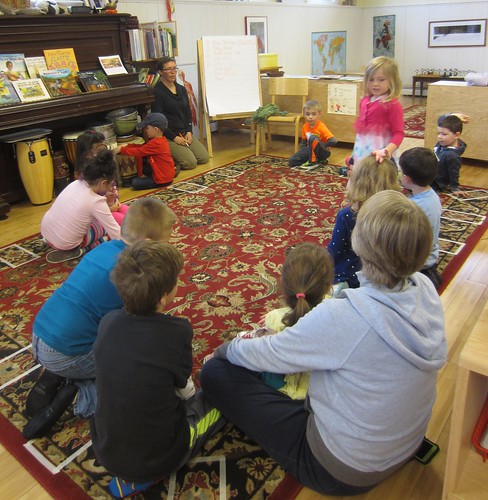
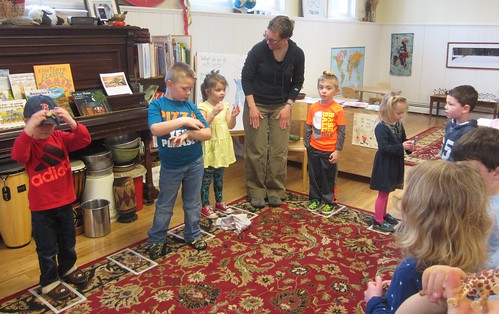
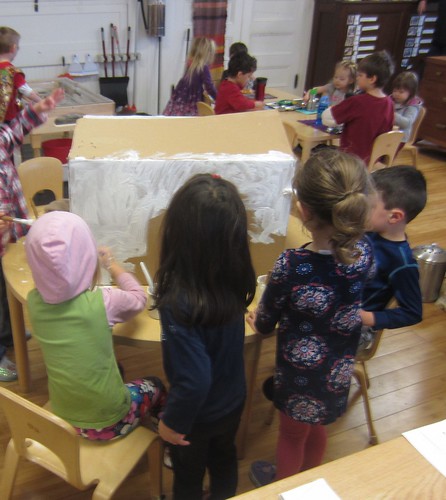
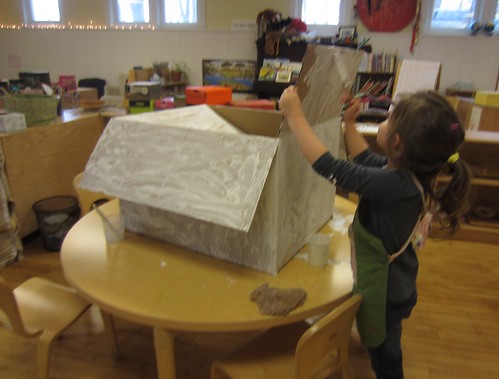 We were introduced to Woolbur the sheep and read his story, Woolbur, by Leslie Helakoski. Woolbur is a unique sheep who lives life his way, “isn’t it great!” We also read Why Mosquitos Buzz in People’s Ears, by Verna Aardema. Iguana introduced this story to us, which showed us that sometimes there are misunderstandings and that we all make mistakes.
We were introduced to Woolbur the sheep and read his story, Woolbur, by Leslie Helakoski. Woolbur is a unique sheep who lives life his way, “isn’t it great!” We also read Why Mosquitos Buzz in People’s Ears, by Verna Aardema. Iguana introduced this story to us, which showed us that sometimes there are misunderstandings and that we all make mistakes.
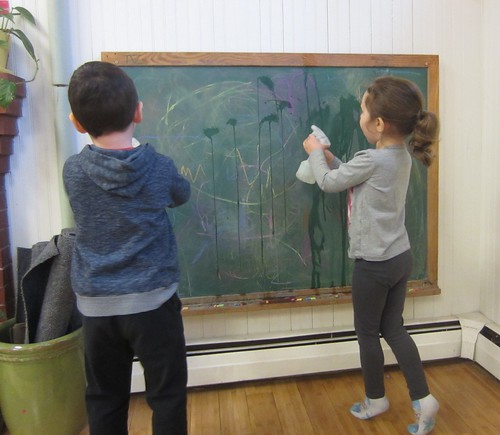
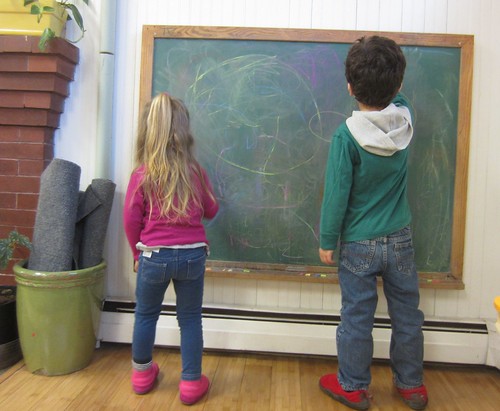
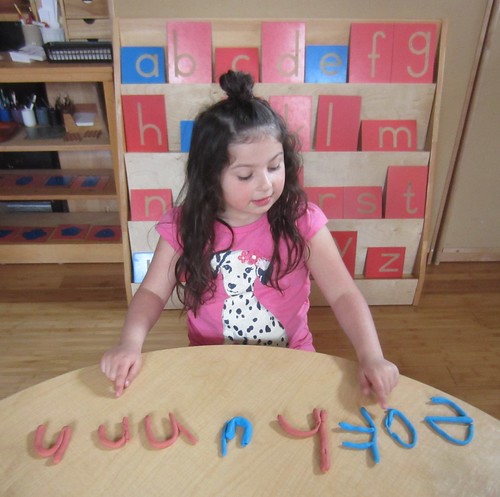
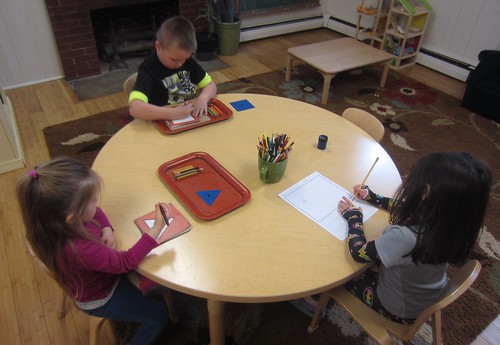
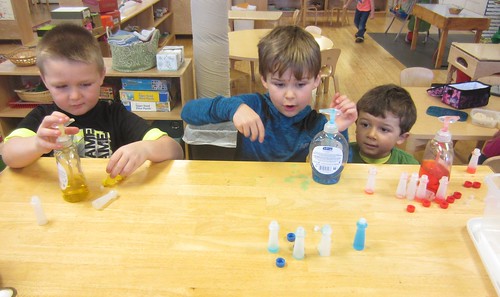
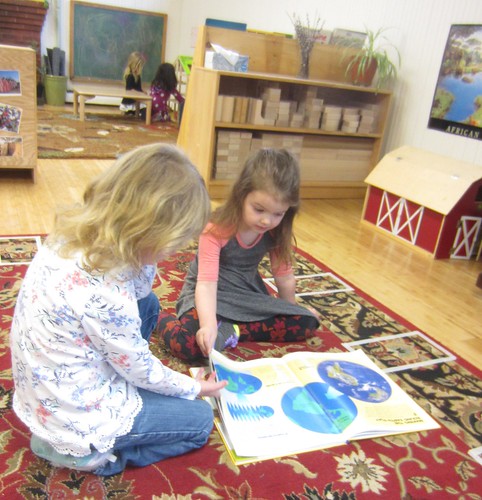

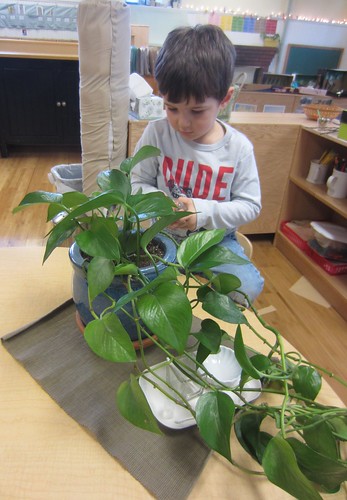
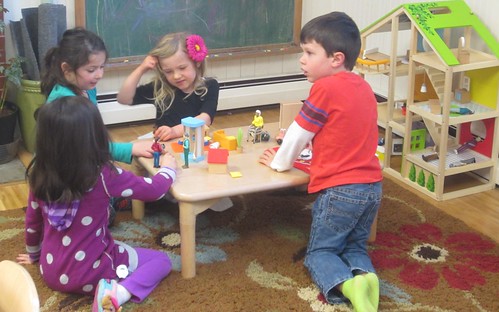

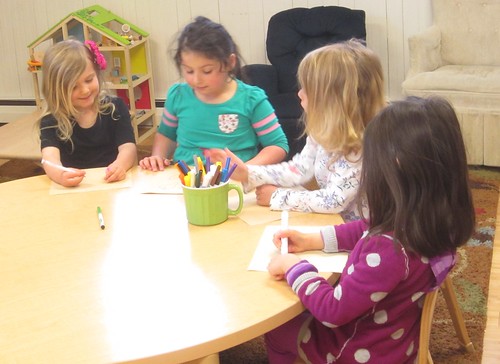
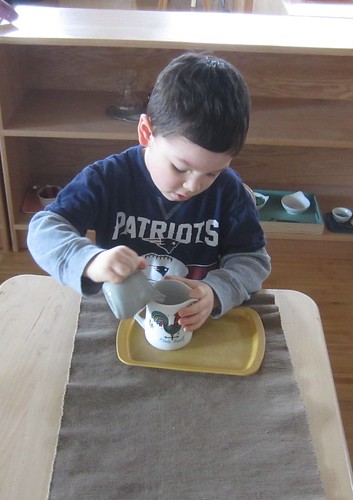
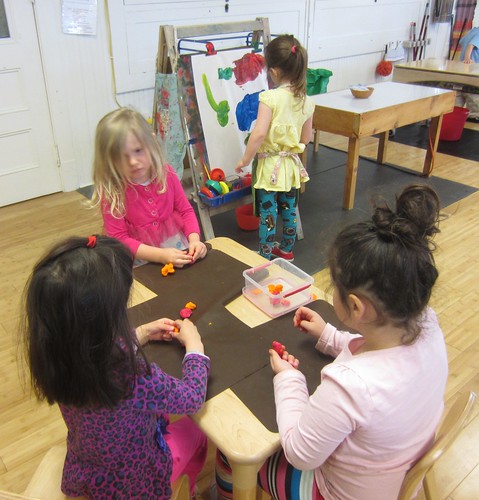
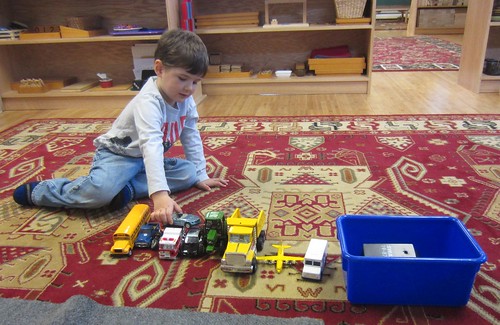
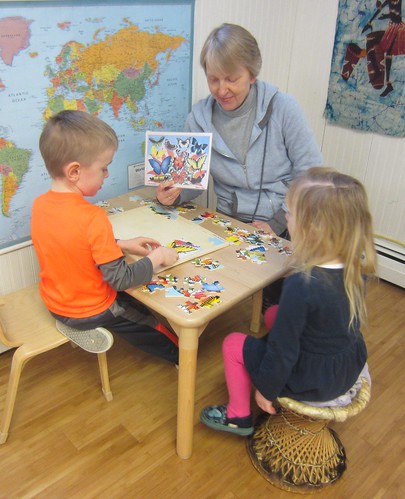
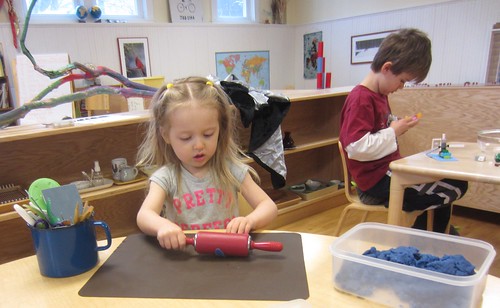



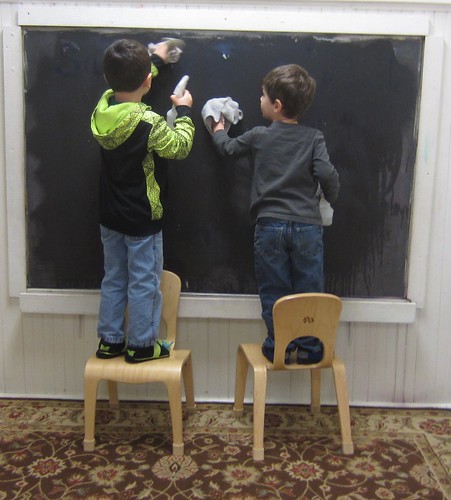
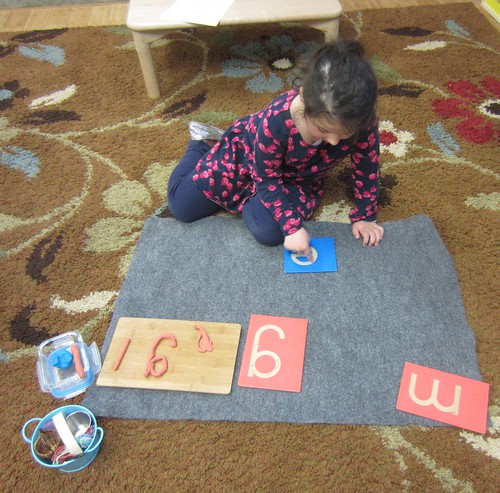
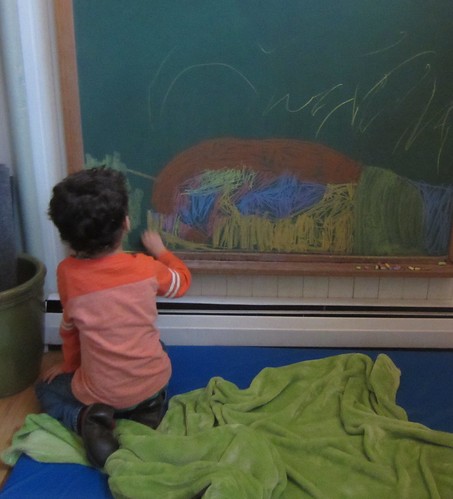
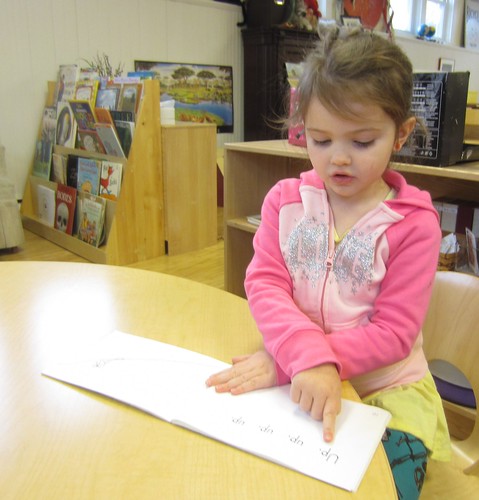
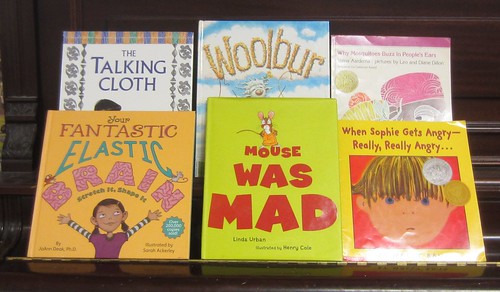 Friday students continued to learn about the brain and its’ job of controlling our bodies, thoughts, and emotions. We played “brain says” again, this time including problem solving questions in addition to physical movement. We then learned about the upstairs brain where we think, problem solve, create, imagine, and calm ourselves, and the downstairs brain, where our emotions and instincts take over. We were introduced to Alerting Alex, who sounds an alarm when we face danger, such as a vicious lion, Leader Liz, who gets everyone into action, Fleeing Felix who runs away, Fighting Fiona who hits and kicks, and Freezing Felicia, who holds perfectly still. We demonstrated what our bodies do when we are angry – they tense up, our hands make fists, our faces scrunch, and our breathing gets fast. We then calmed down and our bodies relaxed, our faces smoothed out, and our breathing got slower.
Friday students continued to learn about the brain and its’ job of controlling our bodies, thoughts, and emotions. We played “brain says” again, this time including problem solving questions in addition to physical movement. We then learned about the upstairs brain where we think, problem solve, create, imagine, and calm ourselves, and the downstairs brain, where our emotions and instincts take over. We were introduced to Alerting Alex, who sounds an alarm when we face danger, such as a vicious lion, Leader Liz, who gets everyone into action, Fleeing Felix who runs away, Fighting Fiona who hits and kicks, and Freezing Felicia, who holds perfectly still. We demonstrated what our bodies do when we are angry – they tense up, our hands make fists, our faces scrunch, and our breathing gets fast. We then calmed down and our bodies relaxed, our faces smoothed out, and our breathing got slower.
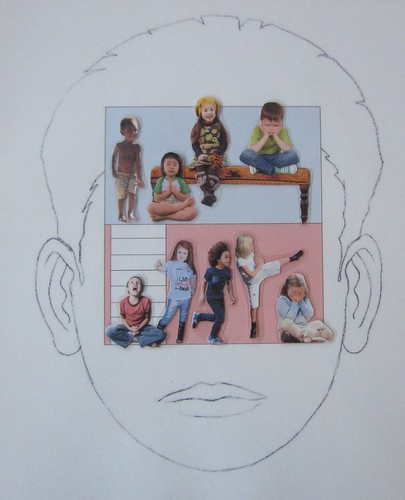
H2O
April 23, 2017
